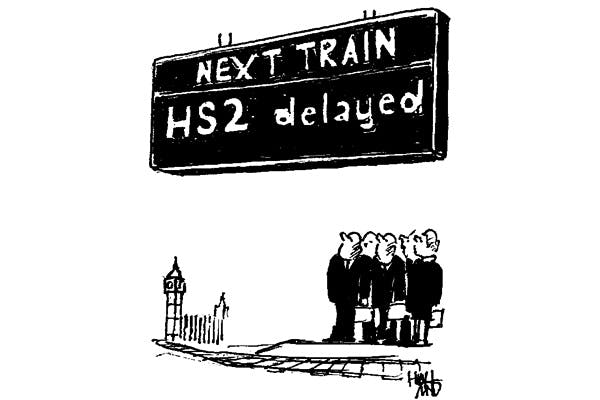In past years, I have been a critic of HS2. I might now change my mind. One simple tweak might make HS2 worthwhile — while saving the taxpayer most of its £60 billion cost. For this to work, all you need to understand is that 1 x 200 is not the same as 200 x 1. To put it another way, commuting is not commutative.
At present, all transport investment is driven by an economic model based on the purported economic value of overall time-savings for passengers. This, as David Metz shows in his excellent book Travel Fast or Smart? is a daft way to plan transport. Never mind that time spent travelling nowadays need be no less productive than time spent stationary: the model is dumb for a bigger reason.
By treating all journeys equally, it does not allow you to distinguish between one person saving an hour 200 times a year and 200 people saving an hour once a year. Yet the hours saved are very different: the first is life-changing; the second merely convenient. The first instance might be best exemplified by HS1 or Crossrail; the second by HS2 or Concorde. Thanks to HS1 or Crossrail, someone living in Canterbury or Reading can feasibly consider working anywhere in London (there is a big difference between an 60-minute commute and a 90-minute one).
By contrast, few people travel frequently enough between London and Manchester, or London and New York, for a small reduction in journey time to make much impact on their lives. Fred Finn, the world’s most travelled man, made a record 718 trips on Concorde, from its inaugural flight to its last. If my calculations are correct, over the 27 years the aircraft was in service, even he saved only 110 hours a year vs subsonic flights: equivalent to reducing one person’s daily commute by 15 minutes each way.









Comments
Join the debate for just £1 a month
Be part of the conversation with other Spectator readers by getting your first three months for £3.
UNLOCK ACCESS Just £1 a monthAlready a subscriber? Log in